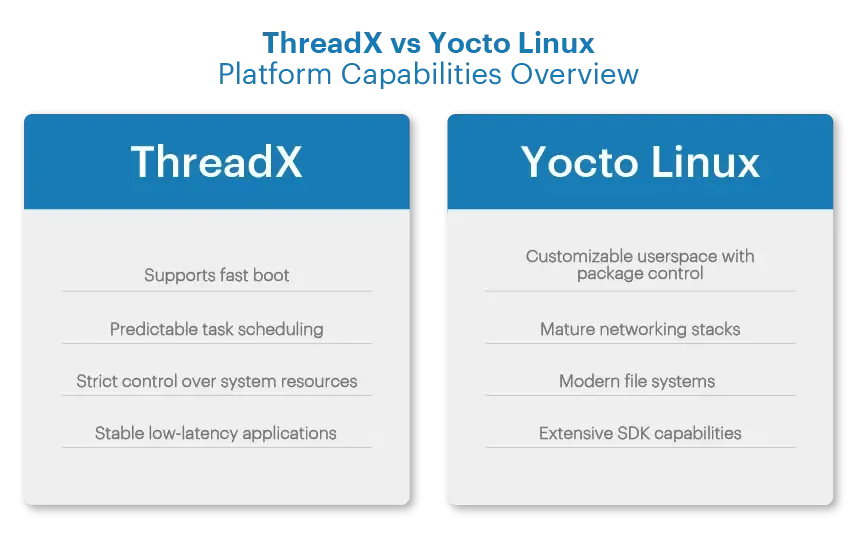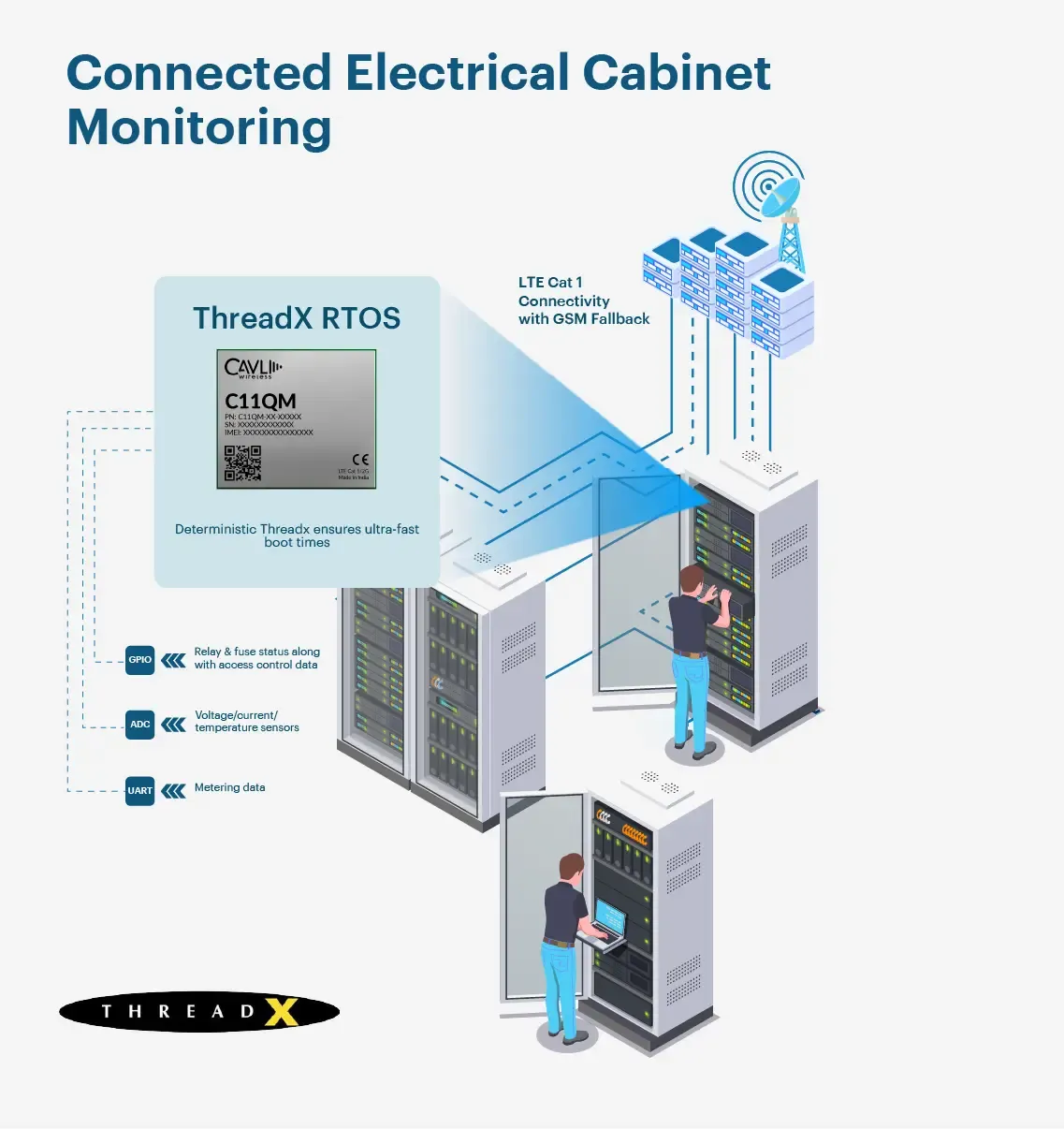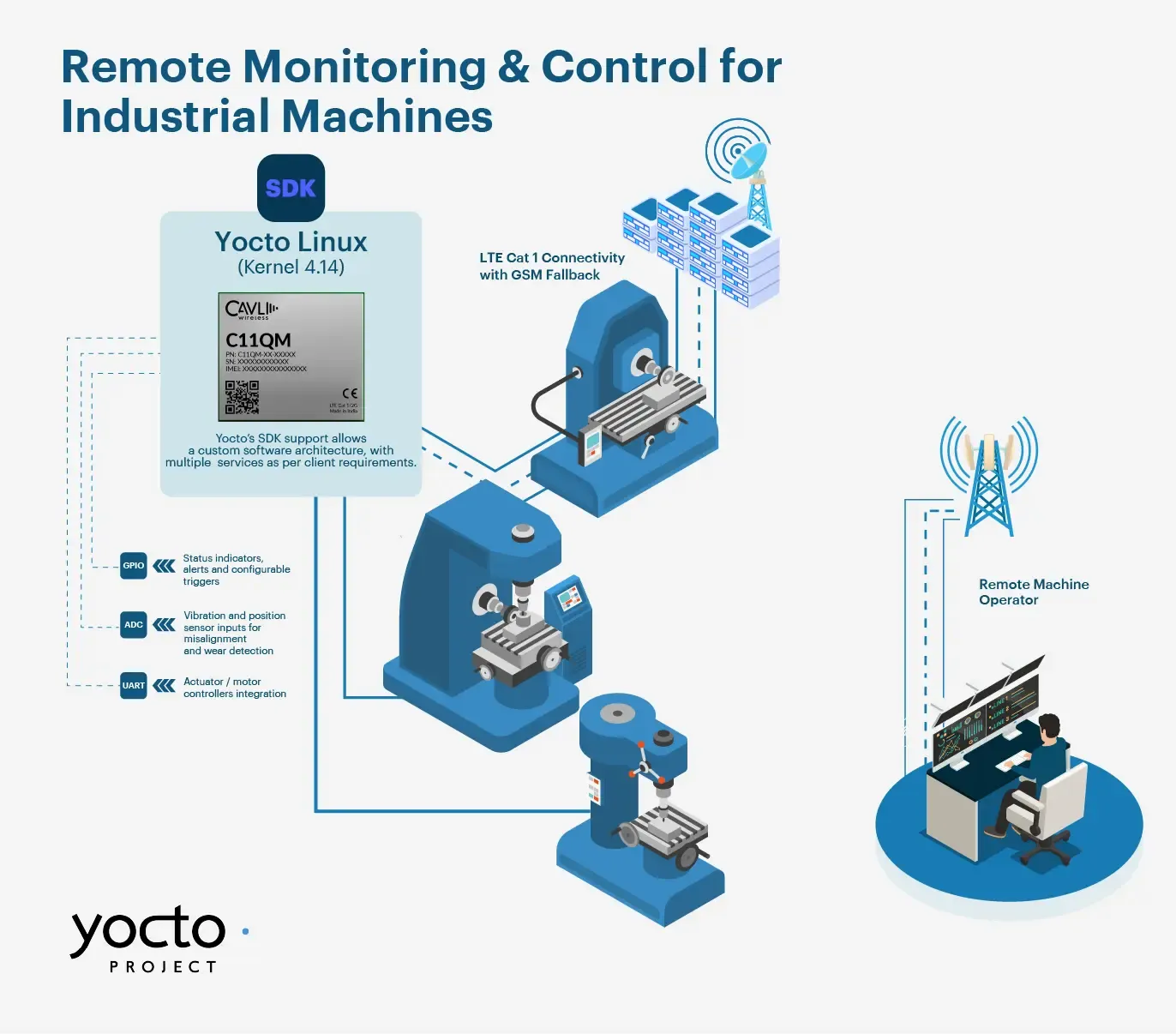Developing connected devices for a diverse and demanding IoT market presents daily engineering challenges. Product designers must balance performance, cost, coverage, and development speed while maintaining reliability. For many teams, these objectives pull in different directions. A solution that maintains coverage across varied network topologies while enabling flexible application logic, tight bill-of-material (BOM) control, and faster time-to-market is rarely simple. Adding further complexity are the needs for power efficiency, sensor integration, and accurate geolocation, all within constrained hardware footprints.
IoT OEMs and System Integrators often aim to build connected products that are affordable, dependable, and ready for scale. Many of their customers require nationwide coverage with LTE Cat 1 and a fallback option in areas where only 2G is available. They also need sufficient compute headroom to run custom application logic that aligns with their business logic. They require room for sensor polling, local rules, logging, and over-the-air updates. They seek to achieve this while keeping the bill of materials under control and maintaining a predictable schedule. Balancing these needs can slow a program and create avoidable engineering tradeoffs. That’s where the Cavli C11QM comes in - a module engineered to unify network coverage, performance, and cost efficiency, empowering IoT products to scale without compromise.
Cavli C11QM: Compact Form Factor, Reliable Performance
At its foundation, the Cavli C11QM is a cellular IoT module that delivers LTE Cat 1 capability with seamless GSM fallback. The module supports a maximum throughput of 10 Mbps downlink and 5 Mbps uplink under LTE Cat 1, while GSM offers 236.8 Kbps downlink and uplink. This ensures connectivity even in coverage-challenged environments.
The C11QM is powered by the Qualcomm MDM9207-1 baseband chipset and operates on an ARM Cortex-A7 processor running up to 1.3 GHz. It offers 128 MB RAM and 128 MB ROM, providing an optimal blend of connectivity, compute & memory for cost-effective embedded applications requiring both deterministic performance and moderate application flexibility.
The C11QM pairs this compute performance with comprehensive hardware interfaces. Designers can work with four UART channels, a USB 2.0 interface, two analog-to-digital converters, two SD card interfaces, one serial peripheral interface, a PCM channel, and four general-purpose input/output pins. Diagnostic visibility is supported through a network status indicator and a power-on status indicator. The module also provides a uSIM interface that can be connected to a USIM card slot on its own interface board. Its footprint of 26.5 x 22.5 x 2.3 mm in an LGA package makes it ideal for dense PCB layouts where space is limited.
For location-enabled applications, the built-in GNSS supports L1 band operation for GPS, GLONASS, Galileo, BDU, QZSS, and SBAS systems. The product variant is specifically designed for deployments in the Indian market.
However, what truly differentiates the Cavli C11QM is not only what it connects to, but also how it runs the software that makes every IoT device useful. It offers two software paths. Development teams can choose ThreadX real-time operating system or Yocto Linux based on Kernel 4.14. The result is a single hardware platform that adapts to a wide range of field conditions and application needs while supporting robust design usage.
The EDGE Within: Dual-OS Versatility
C11QM’s defining feature is what Cavli calls “EDGE”, the ability to operate seamlessly on either ThreadX RTOS or Yocto Linux (Kernel 4.14). This dual-OS capability expands the design landscape for OEMs and system integrators. It allows product teams to tailor development approaches according to project scope, power expectations, and application complexity, all on the same hardware platform.
ThreadX RTOS provides deterministic timing and a minimal memory footprint. It is purpose-built for use cases that require fast boot, predictable task scheduling, and strict control over system resources. Applications that rely on periodic telemetry, simple control loops, or stable low-latency responses benefit from the certainty ThreadX delivers.

Yocto Linux (Kernel 4.14), in contrast, enables a flexible userspace with package control and mature networking stacks, including a fully-fledged TCP/IP stack, file systems, and a customizable userspace. The availability of an SDK and supporting toolchain allows developers to create modular services and integrate richer logic capable of handling advanced data processing or protocol translation.
This flexibility means integrators can begin with RTOS simplicity to establish reliability, then transition to Linux-based complexity when scaling feature-rich deployments, all without changing hardware.
Implications for OEMs
To understand how this dual-OS structure benefits engineering teams, consider two representative implementation scenarios.
Consider a startup building a remote monitoring solution for distributed assets, such as electrical cabinets, that can build upon the ThreadX platform. By using GPIO and ADC channels, door and temperature sensors are connected directly to the module. The UART interface is used for a simple RS-485 sensor bus. Periodic telemetry packets are transmitted over LTE Cat 1, with GSM acting as backup in low-signal regions. GNSS feeds geo-location tags to correlate service events. The deterministic scheduling of ThreadX, along with its very small memory footprint and ultra-fast boot times, ensures consistent data sampling and efficient power profiles. The application remains lightweight yet functional, supporting alert triggers for threshold deviations, keep-alive pings, and basic over-the-air configuration updates.

Meanwhile, consider a system integrator developing a more advanced data logger on Yocto Linux. External ADCs provide high-precision readings, and UART channels handle serial inputs from external meters. Simultaneously, the onboard GNSS ensures that all measurement logs are stamped with accurate time and location data. On top of this hardware layer, Yocto allows a structured software architecture with separate services for sensor ingestion, data fusion, and telemetry publication. The result is a robust, multi-process system that can aggregate, store, and forward data even during network interruptions. The Linux SDK facilitates in-field software updates, advanced diagnostics, and configurable reporting intervals. All these functions leverage the same C11QM hardware base.
Together, these scenarios highlight how the C11QM scales with the developer’s ambition and expertise. Whether one aims for the precision timing of ThreadX or the multitasking flexibility of Yocto Linux, this module delivers a uniform hardware foundation.

Advantages for End Customers
For end users of remote monitoring products built with C11QM on ThreadX, the results translate into tangible business outcomes. These solutions achieve reliable telemetry, reduced maintenance costs, and better visibility into field conditions. Early alerting reduces unscheduled service visits and ensures that maintenance teams act before failures escalate. The combination of LTE Cat 1 coverage with 2G fallback further guarantees operational continuity even in challenging regions.
In the case of Yocto-based deployments, end customers benefit from deeper data analytics and contextual awareness. When vibration, location, and temperature inputs converge, the system provides more accurate insights into equipment or asset performance. Resilient store-and-forward telemetry, configurable logic, and diagnostic transparency empower customers to manage assets proactively. The output is higher reliability, optimized utilization, and improved total cost of ownership.
Closing Perspective
The Cavli C11QM stands at the intersection of connectivity, compute, and configurability. It consolidates LTE Cat 1 connectivity with 2G fallback, a capable Arm Cortex-A7 processor, numerous interfaces, and L1 GNSS support into a single, compact module. The unique EDGE capability, allowing either ThreadX RTOS or Yocto Linux operation, distinguishes the module within the cellular IoT ecosystem.
Whether the focus is on deterministic control for energy-efficient remote monitors or on scalable data fusion under Linux, the same Cavli C11QM platform adapts seamlessly. It allows OEMs and system integrators to evolve their solutions organically—from lightweight prototypes to production-ready intelligent systems—without redesigning hardware. The result is a powerful combination of flexibility and longevity, tailored for the connectivity demands of the Indian IoT landscape.
Cavli’s C11QM embodies the idea that in IoT, true versatility is not about adding complexity, but about enabling choice.


